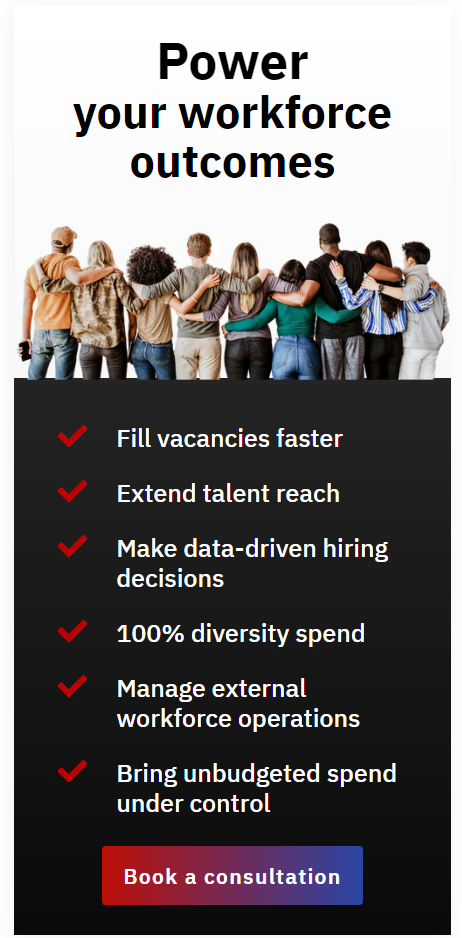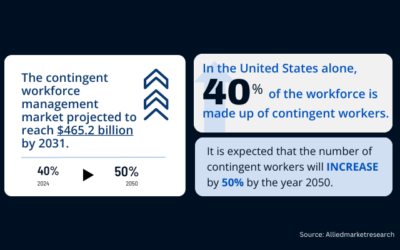
Chloe Mumford - 5 min read
Understanding boomerang employees
Last year, the Great Resignation left people leaving their jobs in unprecedented numbers in search of better opportunities. But that’s not the end of the story. What we’re seeing now is a huge community of leavers now regretting their decision and ‘boomeranging’ back to their old jobs. As a talent leader, what do you need to know about them? And should you let them back in the door?
Maybe the grass isn’t greener…
The pandemic of 2020 fuelled a mass exodus of workers looking for a better work-life balance, career growth expectations, and benefits. This resulted in hundreds of thousands of people resigning from their jobs in a span of a couple months— a movement which has coined the term ‘the Great Resignation’.
A report by CapRelo looked into the impact on job tenure as an impact of the Great Resignation. They found workers who are 20-24 years old, have an average median tenure today of just 1.3 years, while workers who are 45-54 have an average median tenure of 7.2 years.
But finding a perfect job in a post-COVID recovering economy has proven to be more challenging than expected for many workers. It has become increasingly common to see those who quit looking for better opportunities returning to their old jobs, having realized they were actually better off before.
Boomerang employees are on the rise
Sometimes, the promise of a better role doesn’t materialize. And with their previous company having numerous open roles vacant owing to high attrition levels and, with nowhere more promising to go, for many workers returning to their old workplace seems to be the best alternative.
Additionally, as the world is heading towards a recession, some workers are fearful of changing jobs and are seeking to ensure their financial security once again.
Should you take an ex-worker back?
Assessing if your ex-employee can add value by re-joining becomes crucial. Even though the familiarity with company culture and functioning is an alluring reason, employee motivation and attitude are significant factors in gauging whether they can contribute to the company more than a newly-hired worker at the cost of training and onboarding an outsider.
There are major gains to be made by hiring people who already understand how your business works. This tacit knowledge is difficult to develop, especially in a hybrid working world. A boomerang worker knows the ins and outs of how your company works and, as a result, they can work productively right from the get-go and save you the hiccups of adjusting to a new role. They need less training, saving you time and money.
According to an Advisor article, you can save between 33-66% of the cost of recruiting a boomerang employee vs. a new hire.
It has become increasingly common to see those who quit looking for better opportunities returning to their old jobs, having realized they were actually better off before.

Do boomerangers harbor emotional baggage?
Some hiring managers may be apprehensive to hire an employee that has previously chosen to part ways with their company. Although it is necessary to consider the reasons why they previously left, if they feel this job is the best fit, it implies they have tested the waters and will remain loyal to your company.
Research shows that Boomerang employees are typically more satisfied and more committed than external hires.
It probably makes a difference how your worker left their last role, and on what terms. If the worker harbors feelings that your company culture is toxic—and the job is more of a compulsion than a choice—then hiring them again is probably a mistake you should avoid making. Do you really want to hire a worker who considers you to be the second best option?
Boomerangers can be a great source of feedback
Learning what you lack in your business and using that to improve is arguably a benefit you should consider. A returning employee will tell you things that nobody else can. They know and are in the position to give you the actual picture.
Boomerang workers can drive up your resourcing costs
Workers returning will often push for better packages, recognizing the job market today for what it is—a sellers’ market. More often than not, hiring boomerang workers means providing more benefits and compensation than hiring a new candidate on pre-defined terms. They may prefer a more flexible work-life balance alongside other demands, which is something to be mindful of.
At Amazon, “a lot of employees believe they can only snag a good raise if they “boomerang,” quitting their jobs and coming back to the company in higher-paid roles.
Things to consider before hiring an ex-employee
The concept of boomerang employees is not new — people have returned to their previous jobs in the past. However, it is unusual to see that happening in large numbers. Talent leaders have three takeaways to think about:
1. CONSIDER WHAT YOUR POLICY AND APPROACH ON BOOMERANG EMPLOYEES SHOULD BE
Conventionally, leaving a job meant cutting ties with the people and the employer and moving forward. However, increased networking and the ability to maintain a relationship beyond work have led people to accept that looking for better opportunities is more linked to personal growth than to loyalty issues with the employer.
With frequent job switches, everybody is trying a variety of jobs until they find the one that fits. Sometimes, that means going back to your previous employer when the time is right.
2. OFF-BOARDING PROFESSIONALLY (AND WITH AN EYE ON THE FUTURE) IS MORE IMPORTANT THAN EVER BEFORE
When workers leave with an open mind and a possibility to come back, this situation can act as potential resource in the future. Building a community of your workers promotes company culture and a fulfilling off-boarding ensures goodbyes on good terms. That way, having workers returning to their previous workplace doesn’t come across as strange.
3. BOOMERANG EMPLOYEES DO NOT MEAN YOU SHOULD COMPROMISE
Welcoming back your boomerang employees should never mean having to make compromises on the quality and efficiency of their work. They should not be welcomed just because the onboarding process is easier or less expensive. Boomerang employees need to be fully motivated and keen on coming back or they might leave once again.
Upcoming Events
How to leverage analytics to manage your contingent workforce program
Feb 15, 2024 | Virtual Event
How Workspend’s WRAP analytics platform drives better MSP outcomes
Feb 22, 2024 | Webinar
ProcureCon Contingent Staffing
April 03 – 05, 2024 | Live Event
You may also like:
Streamlining Contingent Worker Onboarding: Accelerating Time-to-Productivity
Streamlining Contingent Worker Onboarding: Accelerating Time-to-ProductivityOrganizations are turning to contingent workers to bridge talent gaps and adapt to fluctuating demands. However, the traditional onboarding processes, often designed for permanent hires, are...
AI Should Augment Human Intelligence, Not Replace It
Will smart machines replace human workers? How human intelligence can work with artificial intelligence to produce augmented intelligence.
Reducing Contingent Labor Costs: Strategies for Maximizing Efficiency
Discover how Workspend can help you reduce contingent labor costs and boost efficiency. Gain insights, implement strategic sourcing, optimize workforce planning, and ensure compliance. Partner with us for streamlined solutions. Contact us today!





